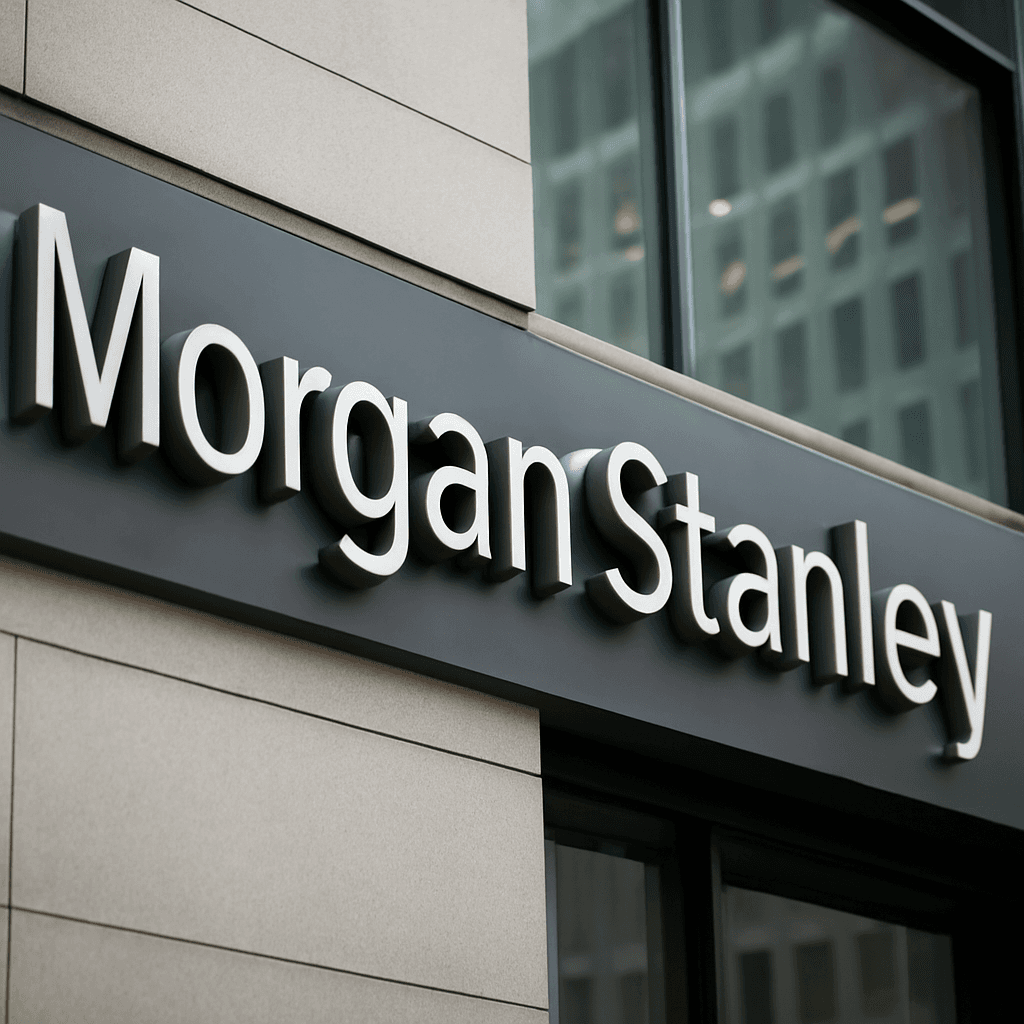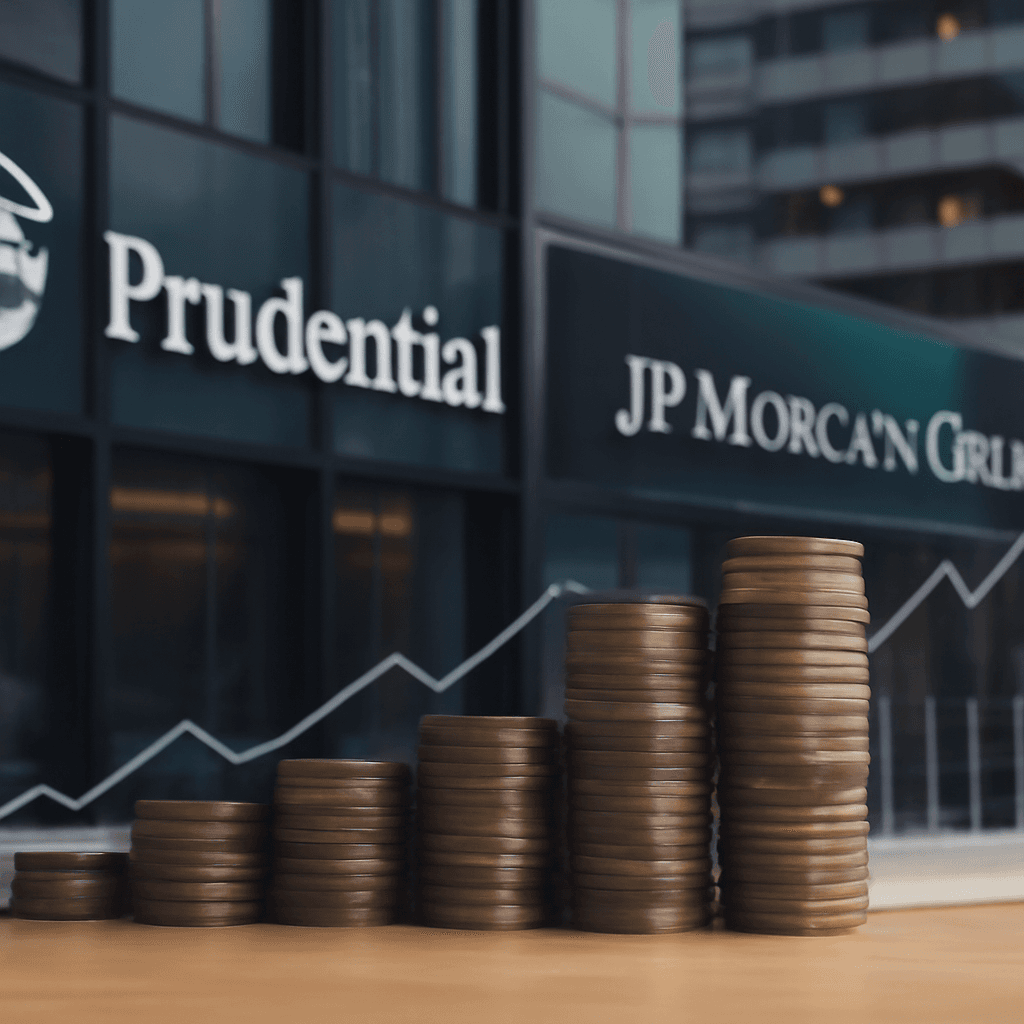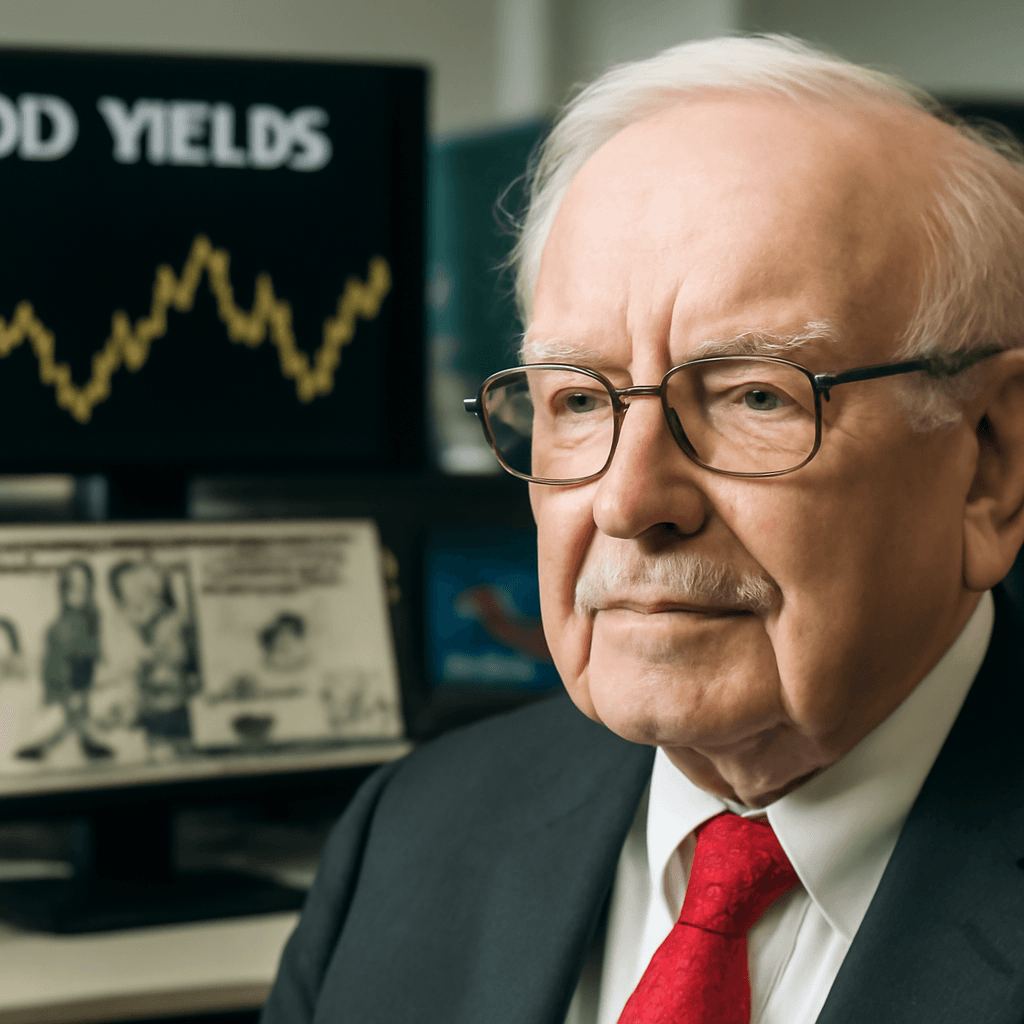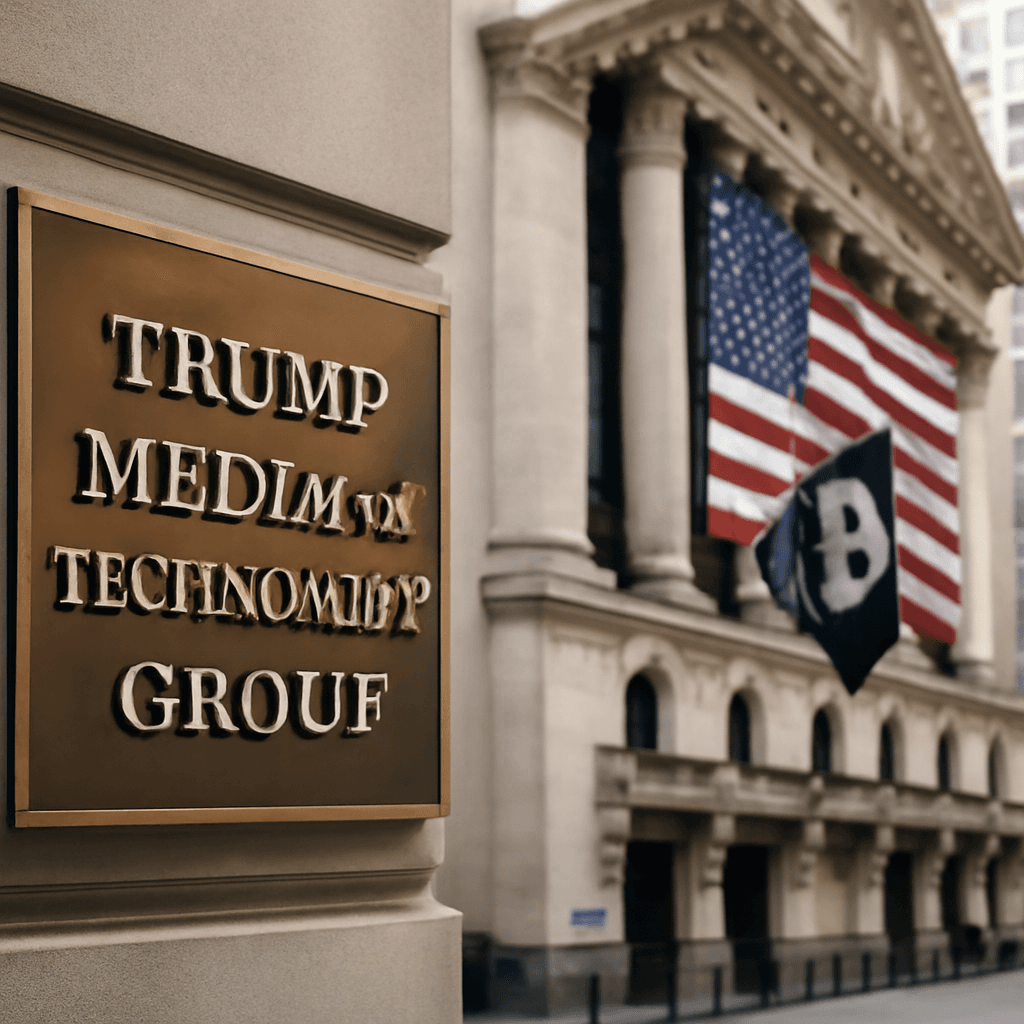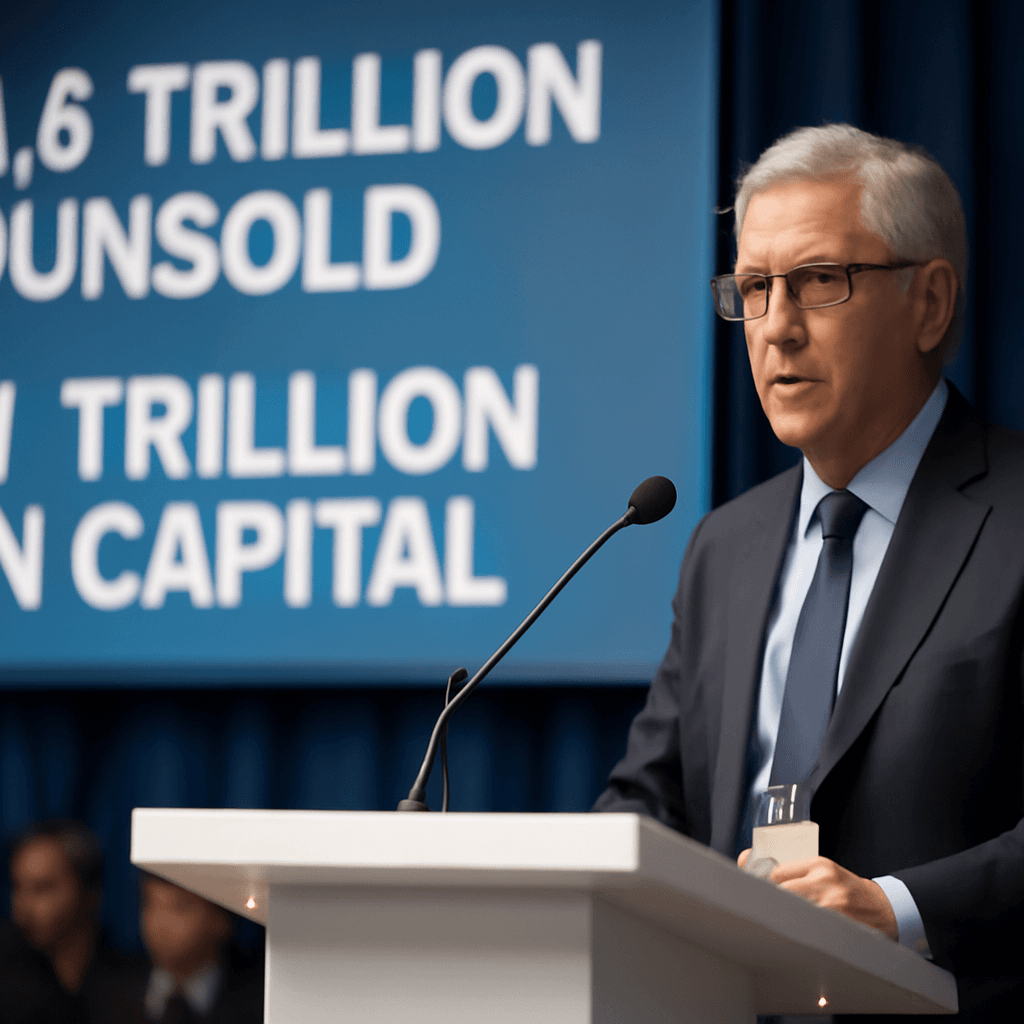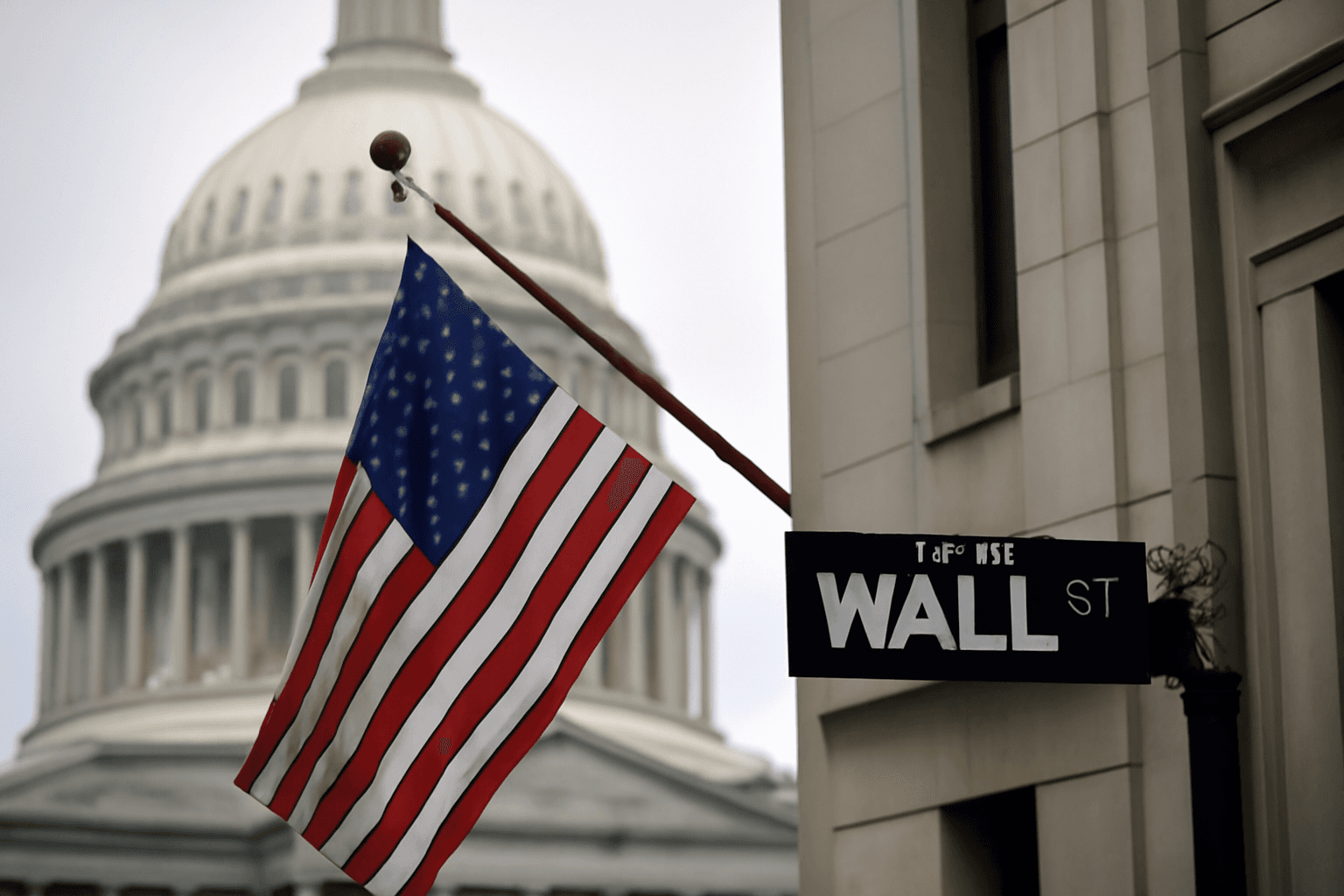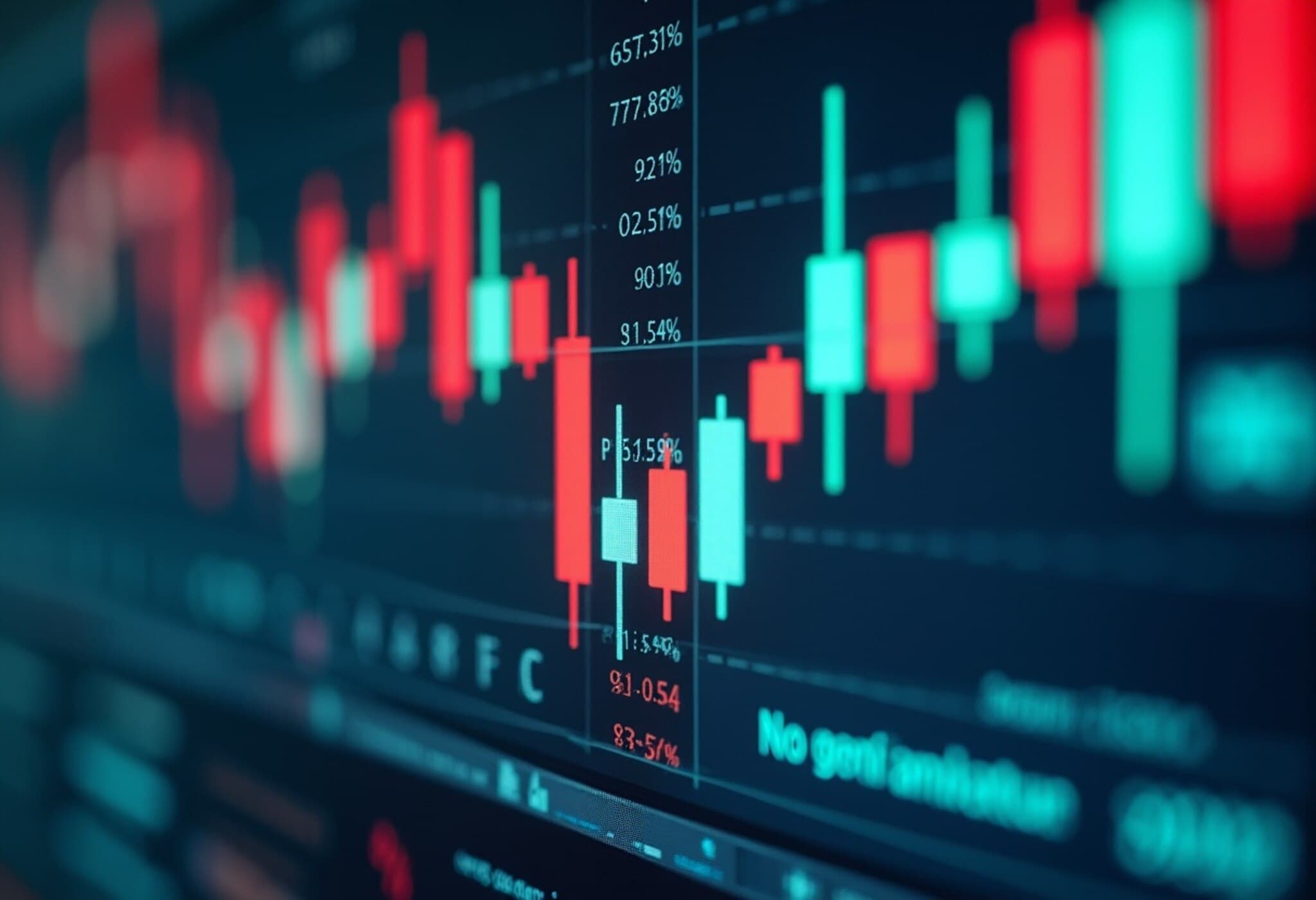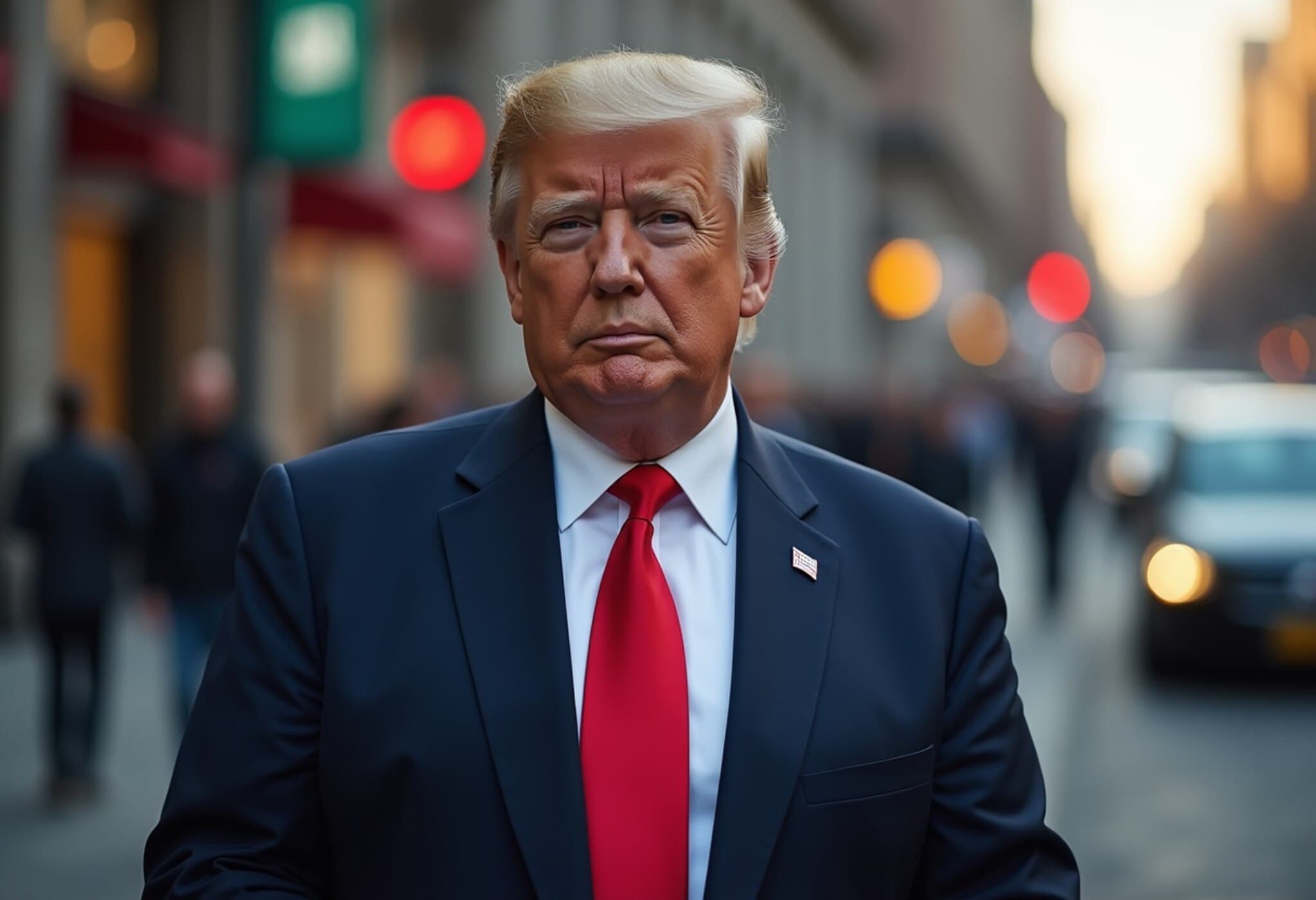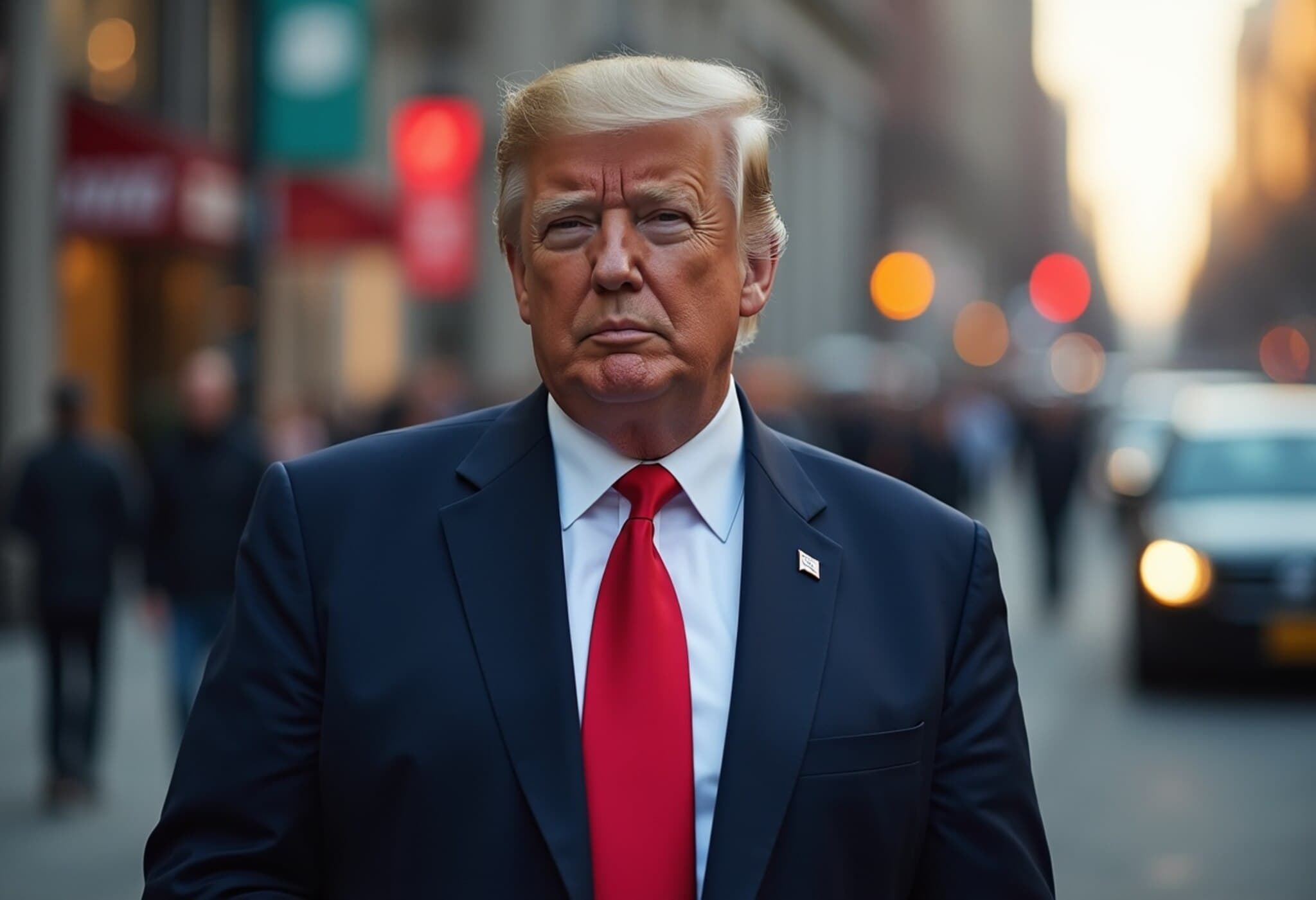Understanding the Metals Market Amid Trade War Turmoil
In the ongoing saga of global trade tensions, metals and mining have become central to the economic and strategic battleground. Recent developments, such as President Trump's announcement of a 50% tariff on copper imports and the U.S. Pentagon's investment in MP Materials—a pivotal rare earths miner—underscore the increasingly vital role these commodities play in national security and industrial supply chains.
For investors, these headlines aren’t just geopolitical footnotes; they’re powerful signals shaping market dynamics, especially in the exchange-traded fund (ETF) space centered on metals and mining stocks.
Rare Earths and Domestic Supply: The MP Materials Story
MP Materials operates the only rare earth mine in the United States, located at Mountain Pass, California—a region critical for sourcing essential elements like neodymium and dysprosium used in electronics, defense, and renewable energy technologies. The company's strategic importance skyrocketed as the U.S.-China trade conflict revealed vulnerabilities in the rare earth supply chain, traditionally dominated by Chinese production.
The recent announcement that Apple will partner with MP Materials to domestically source neodymium magnets for its products marks a decisive pivot toward building resilient, homegrown supply networks. Additionally, both companies are set to develop a rare-earth recycling program aimed at repurposing industrial scrap and discarded electronics, reinforcing a circular economy approach within this sector.
MP Materials’ stock has surged an impressive 270% this year alone, propelled by this alliance and broader investor enthusiasm toward reshoring vital materials.
Mining ETFs Gaining Traction
Following these geopolitical headline shocks, ETFs focusing on metals and mining have experienced notable rallies. For instance:
- The SPDR S&P Metals and Mining ETF (XME) reached levels unseen since 2011, with MP Materials becoming its second-largest holding after steel giant Cleveland-Cliffs.
- The VanEck Rare Earth/Strategic Metals ETF (REMX) climbed over 17% in the past month, reflecting renewed investor interest in rare earth elements.
- Other ETFs honing in on copper, such as the iShares Copper and Metal Mining ETF (COPX) and the Global X Copper Miners ETF (COPP), have posted gains averaging around 16% year-to-date.
The copper market itself is reacting strongly—the metal saw its most significant single-day price jump since 1989 following tariff announcements, driven by the U.S.’s high dependency on imported copper, which constitutes nearly half of its consumption. Copper’s extensive use across construction, electronics, and defense makes it a barometer of industrial vitality and geopolitical maneuvering.
Major Players Leveraging Trade Dynamics
Companies like Freeport-McMoRan (FCX), owning seven copper mines in North America (including four of the five largest U.S. copper mining operations), have reaped substantial benefits with shares increasing over 20% this year. Given copper ranks as the Department of Defense’s second most-used material, according to statements by President Trump, these firms are strategically positioned to capitalize on shifting trade policies.
Bank of America analysts emphasize that Freeport-McMoRan stands to gain the most from these tariffs, highlighting the intersection between policy decisions and market outcomes.
Processing Bottlenecks and Future Outlook
The U.S. faces a critical challenge beyond mining: rare earth processing capacity remains a bottleneck. Despite rich deposits, the infrastructure to refine these materials into usable products lags, especially compared to China’s dominant processing capabilities. Bridging this gap is vital for reducing dependency and ensuring long-term supply chain security.
Investor Takeaways: Why ETFs Make Sense Now
Investors looking to capitalize on metals market shifts can consider diversified exposure through ETFs, which offer reduced risk compared to individual stock bets and align with broader geographic and sectoral trends. ETFs like XME, REMX, COPX, and COPP provide targeted access to companies well-positioned to thrive amid trade tensions and supply chain realignments.
- Diversification: Exposure to multiple mining and metals companies reduces company-specific risk.
- Liquidity and Accessibility: ETFs trade like stocks, making entry and exit efficient.
- Strategic Play: Aligns investment portfolios with geopolitical and industrial shifts.
Emerging Questions for Policymakers and Investors
- How will the U.S. balance the need for domestic resource development with environmental and community impacts?
- What role will recycling and circular economy initiatives play in reducing raw material pressures?
- Can the U.S. scale rare earth processing capability fast enough to reduce reliance on foreign suppliers?
- How might trade policy evolve in response to the global demand for critical minerals?
Editor’s Note
The intensification of trade tensions has cast a spotlight on the strategic importance of metals and mining sectors. While tariffs and government partnerships have driven significant market movements, the underlying narrative speaks to broader themes of supply chain resilience, technological sovereignty, and environmental sustainability. For investors, ETFs provide a practical avenue to engage with these complex trends.
Looking ahead, the real test will be balancing rapid industrial demands with sustainable and ethical resource management—an ongoing challenge across the mining landscape. As markets respond to geopolitical shifts, stakeholders must stay informed on how these dynamics reshape both economies and communities.




